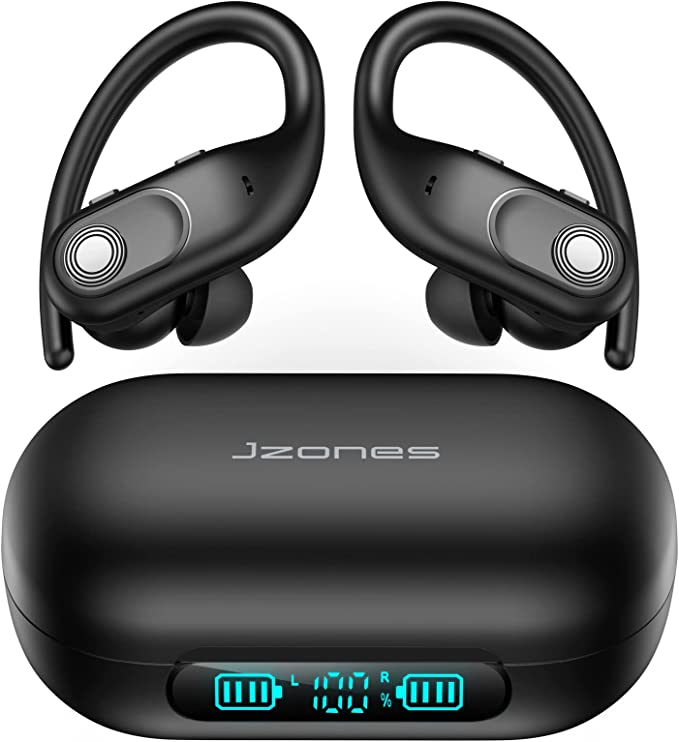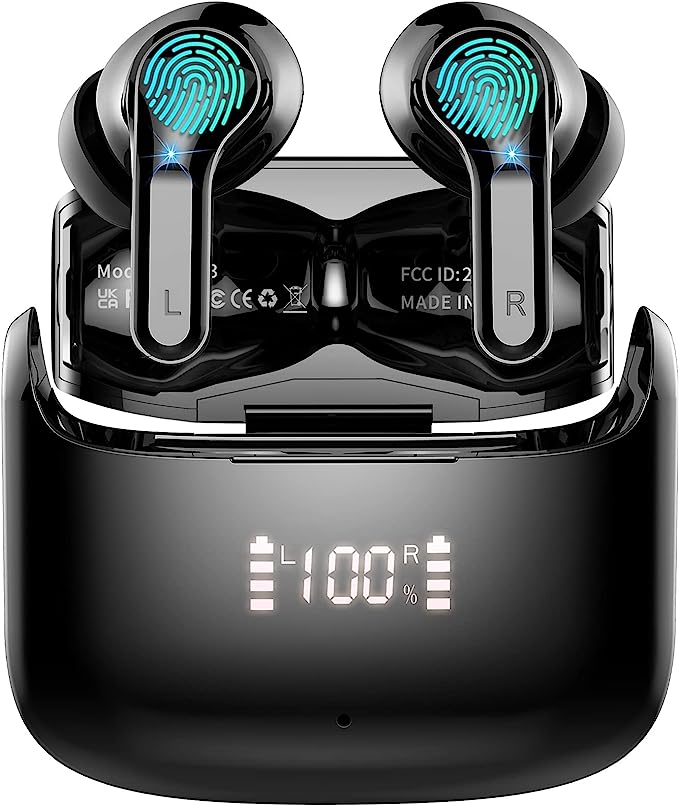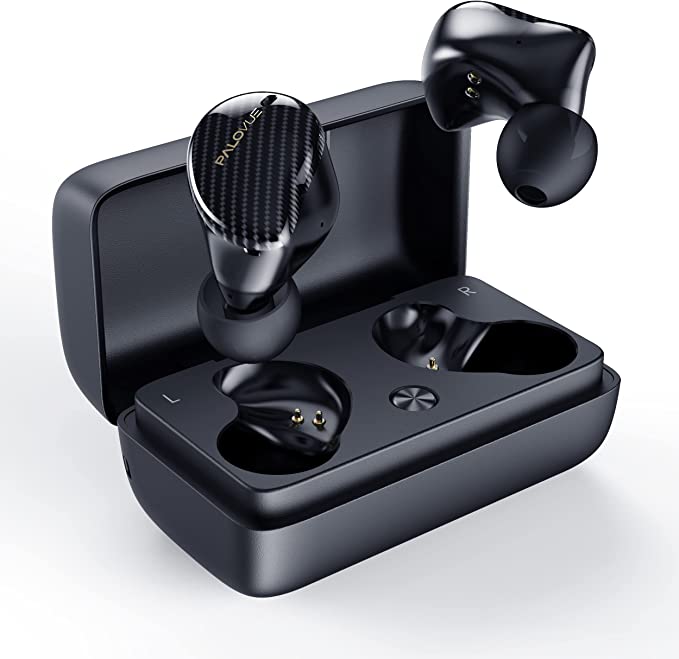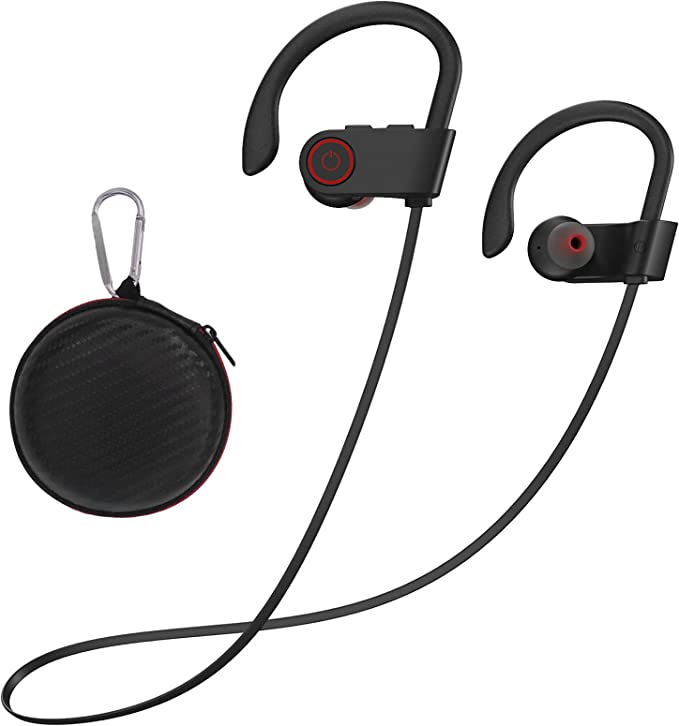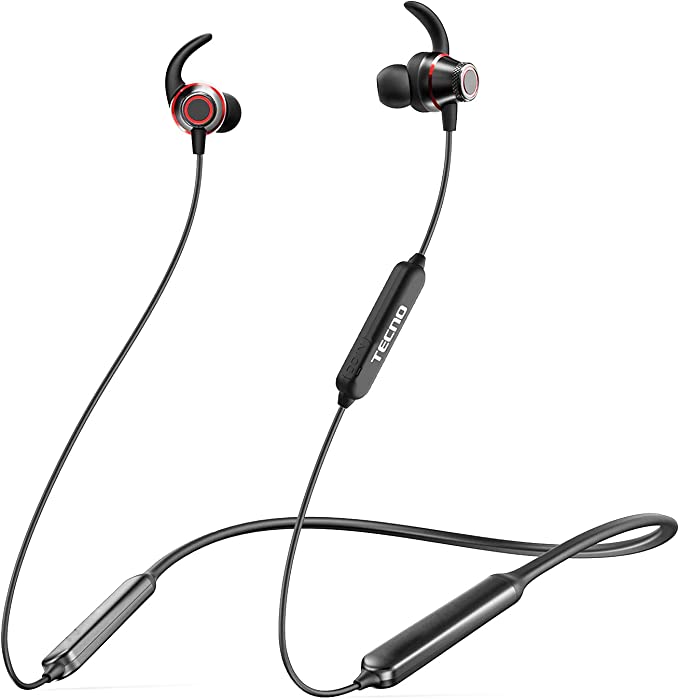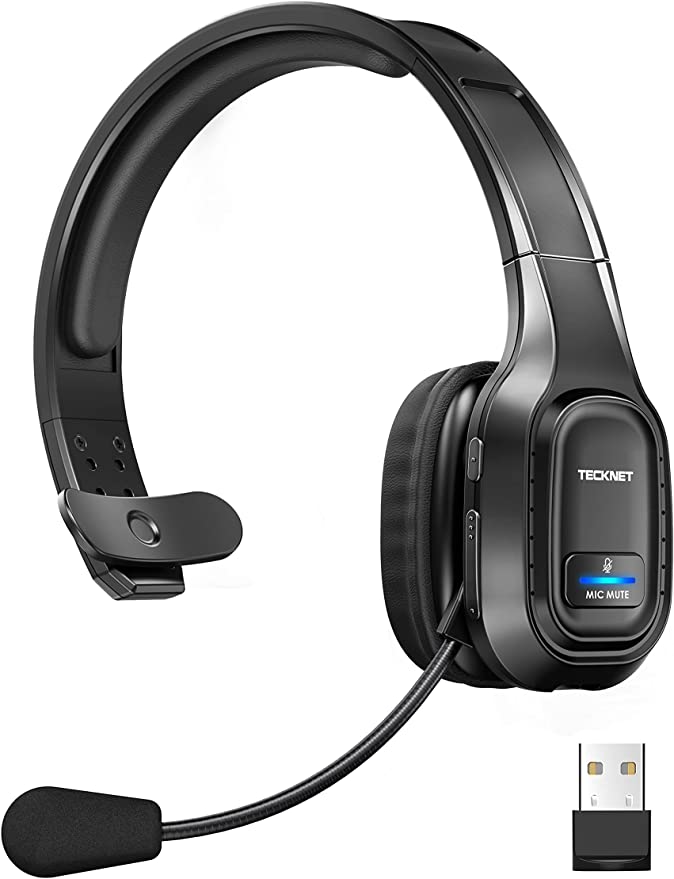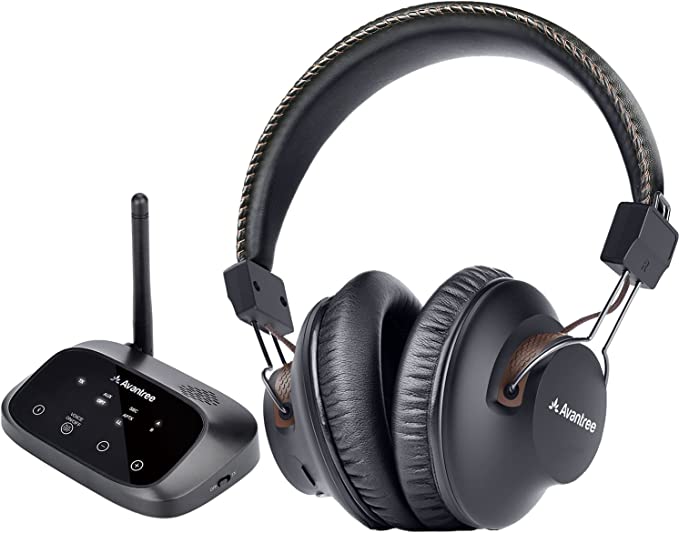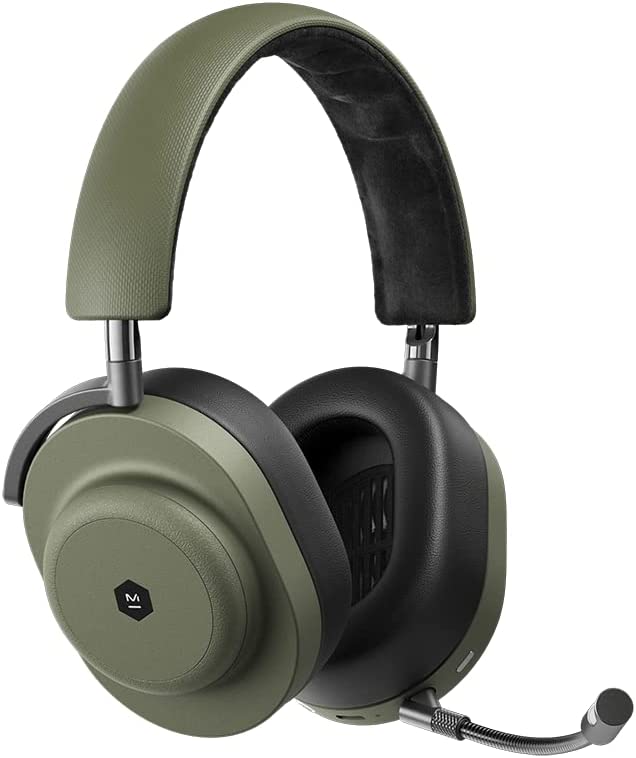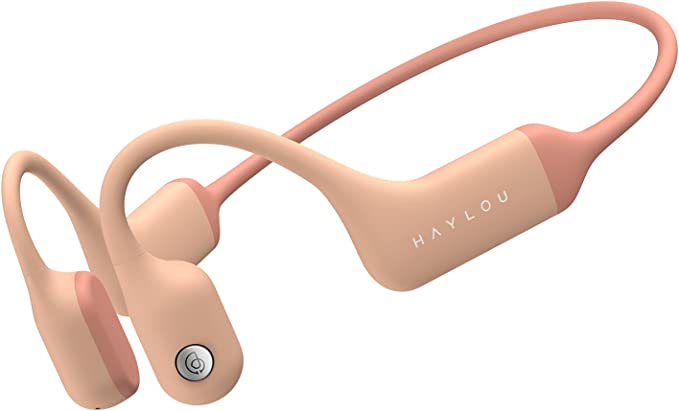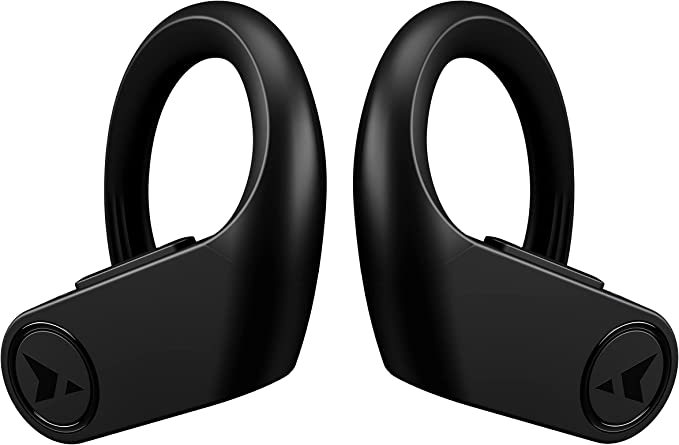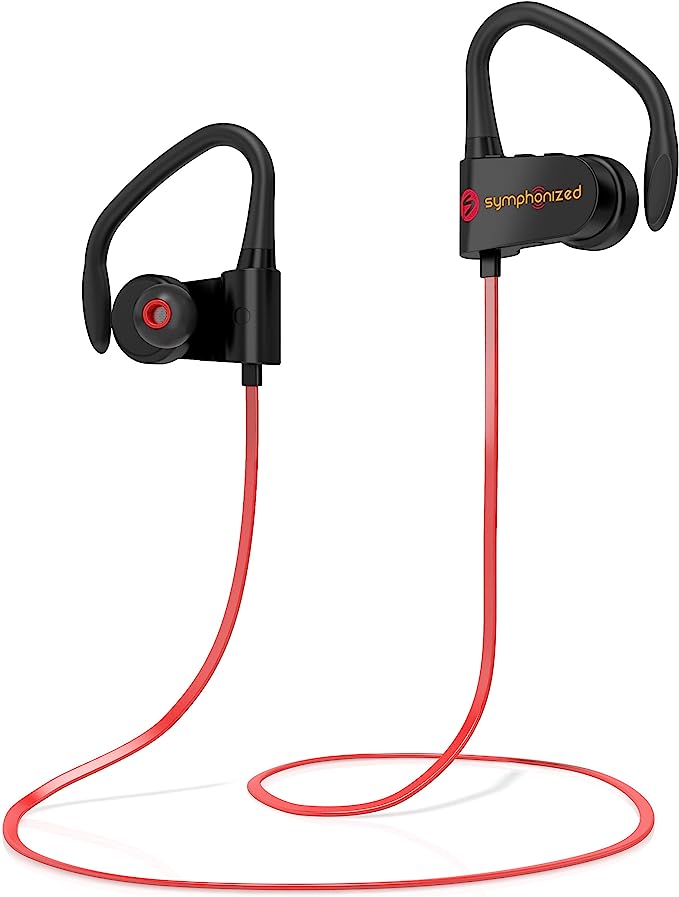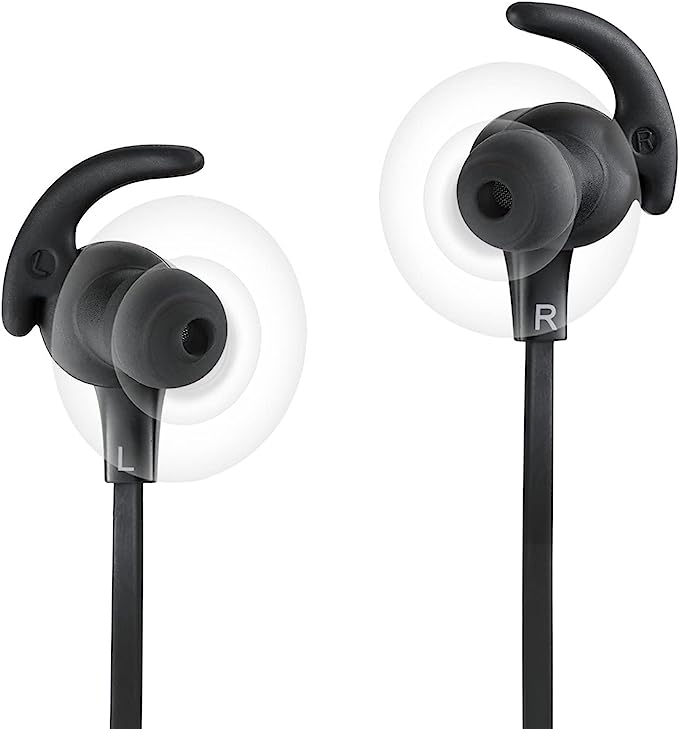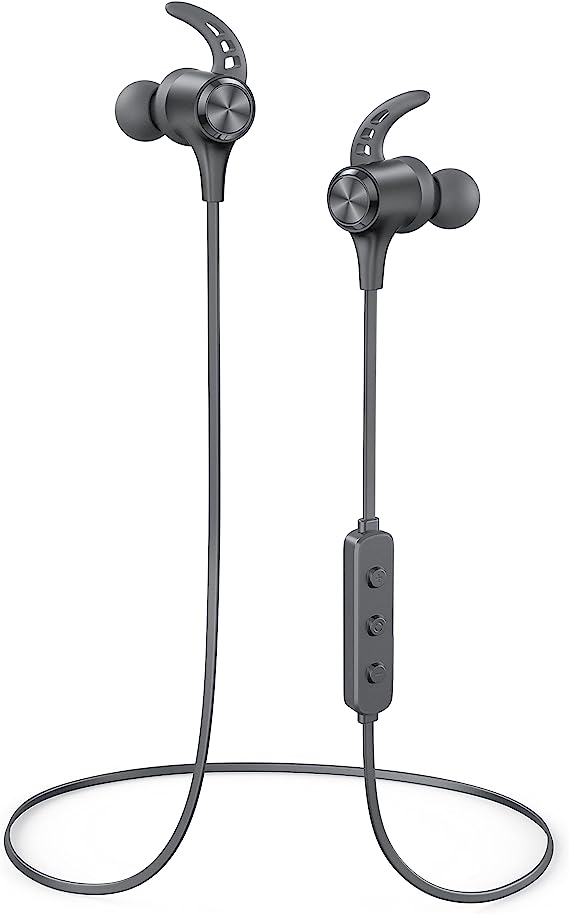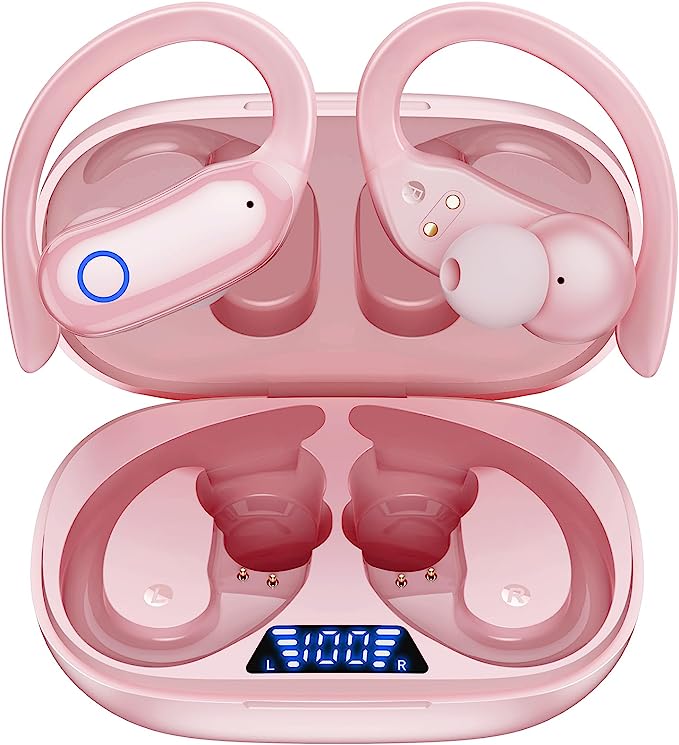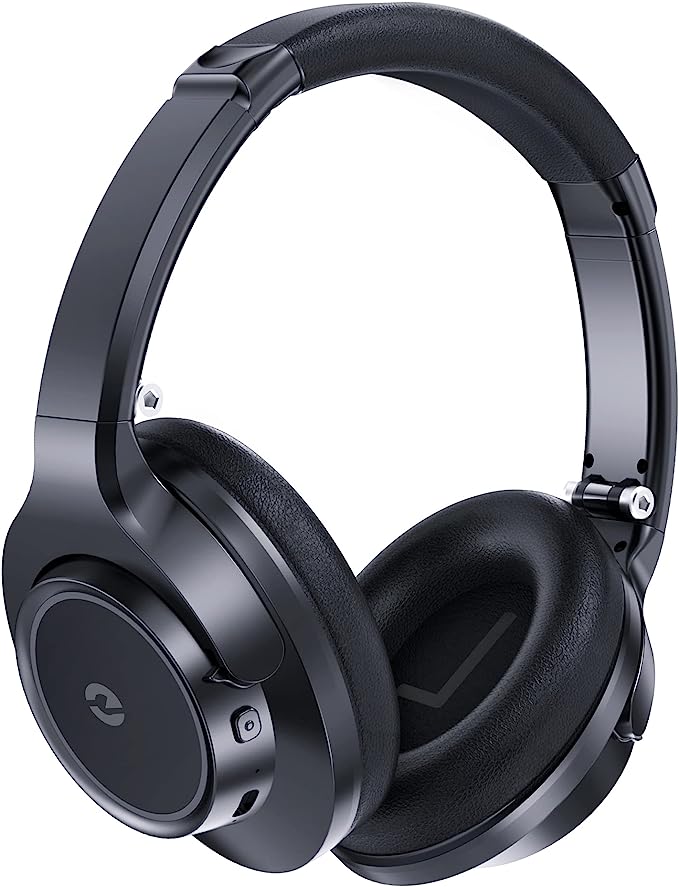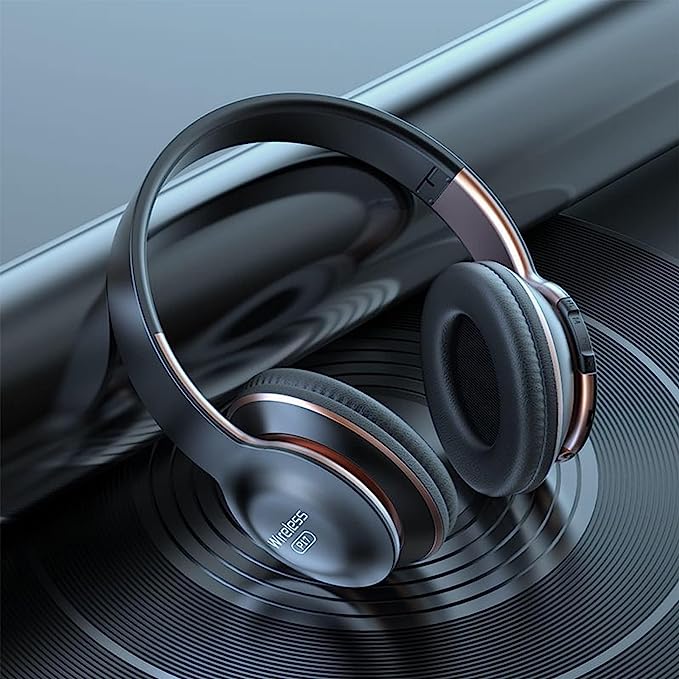Ertuly S03 Headphones: Unpacking the Science of Open-Ear Audio & "Bone Conduction"
Update on May 29, 2025, 8:22 a.m.
We live our lives to a soundtrack. From the pump-up playlist that fuels our workouts to the podcast that accompanies our commute, personal audio is deeply woven into the fabric of our daily routines. Yet, for many, the very devices that connect us to our digital soundscapes can also create a barrier to the world around us, or even become a source of discomfort. Traditional earbuds, while offering immersion, can leave us feeling isolated, and prolonged wear often leads to an all-too-familiar ache. It’s the classic listener’s dilemma: how do we balance rich audio experiences with physical comfort and a crucial connection to our surroundings? What if there was a way to enjoy your personal soundtrack and the symphony of the world around you, simultaneously?
This question is at the heart of a growing category of audio devices: open-ear headphones. And today, we’re taking an expert dive into one such contender, the Ertuly S03 Open Ear Bone Conduction Headphones, an accessibly priced option that promises a “buds-free” listening experience. But beyond the marketing claims, what’s the real science at play? How do these intriguing ear-clip devices work, and what can you genuinely expect from them?

Echoes in Your Bones & Whispers in the Air: A Quick Guide to How We Hear
Before we dissect the Ertuly S03, let’s briefly marvel at the intricate biological hardware we all possess: the human ear. Our ability to perceive sound is a complex process, primarily occurring through two main pathways.
The most common route is Air Conduction. When a sound is made, it creates vibrations in the air. These sound waves travel down our ear canal, causing our eardrum to vibrate. These vibrations are then amplified by a delicate chain of tiny bones in the middle ear (the malleus, incus, and stapes – often called the hammer, anvil, and stirrup) and transmitted to the fluid-filled cochlea in the inner ear. Inside the cochlea, tiny hair cells convert these mechanical vibrations into electrical signals that our brain interprets as sound. This is how the vast majority of headphones and earbuds deliver audio.
Then there’s Bone Conduction. This fascinating alternative pathway bypasses the eardrum and middle ear entirely. Instead, vibrations are delivered directly to the bones of the skull – typically the temporal bones near the ear. These vibrations travel through the bone to the cochlea, stimulating those same crucial hair cells to send signals to the brain. You’ve experienced bone conduction if you’ve ever noticed how your own voice sounds deeper to you than it does to others; that’s partly due to the vibrations of your vocal cords traveling through your skull to your inner ears. Historically, bone conduction found its first significant applications in specialized hearing aids for individuals with certain types of conductive hearing loss. Beethoven, famously, bit down on a rod connected to his piano to “hear” the music as his conventional hearing waned.

Beyond the Bud: The Rise of Open-Ear Audio Experiences
The concept of “open-ear” audio is designed to address the shortcomings of traditional in-ear or fully occluding over-ear headphones. It’s about delivering sound to the listener without blocking the ear canal. The core promise is twofold:
- Situational Awareness: By leaving the ear canal unobstructed, ambient sounds from your environment – traffic, conversations, a bicycle bell, a baby’s cry – can still reach your eardrums naturally. This is paramount for safety during outdoor activities like running or cycling, and highly practical in office environments or when you need to remain attentive to your surroundings. Your brain is remarkably adept at processing multiple sound sources, allowing you to focus on your preferred audio while still registering important environmental cues.
- Comfort & Ear Health: For many, in-ear buds cause pressure, irritation, or a build-up of heat and moisture. Open-ear designs alleviate this by avoiding direct insertion. This can lead to significantly improved comfort, especially during extended listening sessions. Furthermore, they prevent the “occlusion effect”—that booming, stuffy sound of your own voice and bodily noises (like chewing) that occurs when your ear canals are sealed.
There are various technological approaches to achieving an open-ear experience, from true bone conduction transducers to small, directional speakers that aim sound towards the ear. The Ertuly S03 positions itself within this evolving landscape.

Meet the Ertuly S03: Clipping into a New Way of Listening
The Ertuly S03 headphones enter the market with an intriguing proposition: an open-ear, “bone conduction” experience at a highly accessible price point (currently $19.99, with a list price of $26.99, according to the provided data). Their most striking visual feature is the ear-clip design, a departure from both traditional earbuds and the headband style of many bone conduction units. Let’s unpack the technology and design piece by piece.
Unpacking the Tech & Design of the Ertuly S03 – Feature by Feature
Understanding a device like the S03 requires looking beyond the bullet points on a product page and examining the science and design principles that underpin its functionality.
-
The Featherlight Touch: Engineering for Comfort
One of the first things you might notice about the Ertuly S03, or rather, not notice when wearing them, is their weight. The product specifications state an item weight of a mere 0.17 ounces. From an ergonomics perspective, this is significant. The less mass pressing or hanging on the ear, the lower the potential for pressure points and fatigue over time. Think of it like a well-balanced pair of eyeglasses versus a heavy, ill-fitting set; the difference in long-term comfort is substantial.
Complementing this low weight, the S03 utilizes what Ertuly describes as “high quality memory silicone” for the ear clips. Silicone is a popular material in wearable technology for several good reasons: it’s generally skin-friendly (biocompatible for most people), flexible enough to conform to the unique contours of an individual’s ear, and durable. The “memory” aspect suggests it can adapt and retain a shape conducive to a secure yet gentle fit. The goal here is to create a secure attachment that doesn’t pinch or create undue pressure on the delicate cartilage of the ear, addressing the common user question: “Can I wear these comfortably for hours?” The very design of clipping onto the ear rather than inserting into it fundamentally changes the pressure dynamics.
 * “Open-Ear Bone Conduction”: Decoding the Signature Claim
* “Open-Ear Bone Conduction”: Decoding the Signature ClaimThis is perhaps the most crucial and often misunderstood aspect of products like the Ertuly S03. The manufacturer explicitly labels them “Open Ear Bone Conduction Headphones.” Let’s carefully unpack this.
As we discussed, true bone conduction involves transducers that vibrate directly against the bones of the skull, sending those vibrations to the cochlea. This is a distinct and specialized technology.
For an ear-clip product like the S03, the mechanism is more accurately described as an open-ear audio projection system, potentially with some element of sympathetic vibration. Here’s how it likely works:
1. Primary Audio Delivery: The S03 units contain small speakers (drivers). Due to their placement clipped onto the ear, these speakers project sound waves directly towards the opening of your ear canal. Because your ear canal is left open, these sound waves can enter naturally and travel to your eardrum, much like sound from the environment around you. This is still, fundamentally, a form of air conduction, but it’s delivered in an open, non-occluding manner.
2. The “Conduction” Element: The physical contact of the ear clip with the cartilage and skin of your ear might transmit some subtle, sympathetic vibrations when the speakers are active, especially at higher volumes. These vibrations could travel through the ear structure and nearby bone, contributing to a sensation that some might associate with bone conduction. However, this is different from the primary, direct vibrational force delivered by dedicated bone conduction transducers.
3. Manufacturer’s Intent: Claims like “Buds-Free & Injury Reduction” likely refer to the benefits of not inserting an object into the ear canal. This avoids direct pressure on the sensitive skin within the canal and allows for natural ventilation, which some users find reduces irritation or fatigue compared to traditional earbuds. It doesn’t necessarily imply protection from hearing damage caused by excessively loud volumes, which is a risk with any headphone if misused.So, while the term “bone conduction” is used, it’s important for users to understand that the Ertuly S03 primarily delivers an open-ear audio experience by directing sound towards the ear canal, keeping it unblocked. This is the core of its design for situational awareness and comfort. The “bone conduction” aspect is likely secondary and related to the physical contact and sensation rather than being the primary mode of sound transmission to the inner ear.
 * Seamless Soundwaves: The Bluetooth 5.2 Connection
* Seamless Soundwaves: The Bluetooth 5.2 ConnectionThe Ertuly S03 is equipped with Bluetooth 5.2. For the end-user, a newer Bluetooth version isn’t just a higher number; it generally translates to tangible benefits, thanks to the ongoing evolution of the standard by the Bluetooth Special Interest Group (SIG). While the specific implementation by Ertuly isn’t detailed beyond “Fast And Premium,” Bluetooth 5.2 as a standard offers capabilities such as: * Improved Connection Stability and Range: Compared to much older versions, Bluetooth 5.2 can offer more robust connections that are less prone to dropouts, even in environments with radio frequency interference. It also has the potential for greater range, though this is heavily influenced by device design and obstructions. * Enhanced Power Efficiency: Bluetooth Low Energy (LE) is a core part of the standard. Bluetooth 5.2 includes features like LE Power Control and Isochronous Channels (which are foundational for LE Audio, the next generation of Bluetooth audio). These can contribute to better battery life for both the headphones and the paired device, though actual battery performance always depends on multiple factors including battery size, volume levels, and specific usage. * Faster Pairing and Data Transfer: While not always a dramatic difference for audio streaming itself (which has its own bandwidth requirements), general data handling and initial pairing can be more efficient.
For the S03 user, this means the promise of a generally reliable wireless connection to their smartphone or other devices, allowing them to enjoy their audio without the tether of cables.
-
Crafting the Soundscape: Acoustic Design and Audio Claims
Ertuly states the S03 is “based on the design concept of Hi-Fi professional headphones, giving you clear sound, powerful volume, and a rich bass experience.” This should be understood as an aspirational design goal, particularly for a product in this price segment. Achieving true “Hi-Fi” (High Fidelity) sound is a complex engineering challenge that often involves premium components and meticulous acoustic tuning.
For open-ear designs, there are inherent acoustic challenges: * Bass Response: Low-frequency sounds (bass) often benefit from a sealed acoustic environment to build pressure and deliver impact. Open designs can struggle to reproduce deep, powerful bass with the same intensity as closed-back or in-ear headphones that seal the ear canal. * Sound Leakage: Because the ear is not sealed, some sound is likely to escape and be audible to people nearby, especially at higher volumes.
Ertuly claims a “honeycomb-shaped special design shape also allows the headphones to reduce the sound loss by 70%.” While specific acoustic chamber and porting designs can influence sound directivity and minimize leakage to some extent, a 70% reduction is a very specific claim that, without independent verification, should be taken as a manufacturer’s specification from their internal testing. The “honeycomb” reference likely points to a structural or grille pattern intended to manage airflow and sound waves. The goal for such a design in an open-ear context would be to direct as much of the sound energy as possible towards the listener’s ear canal while mitigating outward radiation.
-
Life-Proofing Your Tunes: Durability and Power
The product description for the Ertuly S03 includes the term “Waterproof Outer Headphones” and lists the “Water Resistance Level” as “Waterproof.” However, no specific IP (Ingress Protection) rating (like IPX4 or IPX7) is provided in the source material. In consumer electronics, “waterproof” without an IP rating typically means the device is designed to withstand splashes, sweat, and light rain. It’s generally not advisable to submerge such devices. For the S03, this level of resistance makes them suitable for workouts or being caught in a drizzle, but not for swimming.
In terms of power, the manufacturer states a battery life of up to 4 hours and a charging time of 1 hour. This is a modest battery life by current standards for some wireless earbuds but might be sufficient for a workout session, a couple of commutes, or several podcast episodes. The relatively quick charging time is a convenience. As with all battery-powered devices, actual playtime will vary based on listening volume, the type of content, and Bluetooth connection quality.
The Ertuly S03 in Your World: Scenarios and Sensations
Beyond the technical specifications, how might the Ertuly S03 integrate into daily life?
- The Morning Jogger: Imagine hitting the pavement as the sun rises. With the S03s clipped on, your favorite upbeat tracks provide motivation, but you also clearly hear the approaching cyclist’s bell, the distant barking dog, or the car turning the corner. You’re in your audio zone, but not dangerously oblivious.
- The Office Multitasker: You’re at your desk, needing to focus on a report, but also need to be available for quick questions from colleagues. The S03s allow you to listen to some focus-enhancing ambient music or an industry podcast at a low volume, while still perfectly able to hear a coworker addressing you without them needing to shout or you needing to constantly remove an earbud.
- The Comfort Seeker with Sensitive Ears: You’ve always found traditional earbuds to be an exercise in discomfort, leaving your ears sore after just an hour. The lightweight, off-canal design of the S03 could offer a welcome relief, allowing for longer listening periods without that familiar pressure or irritation.
- The Style-Conscious Individual: Ertuly makes a unique claim: “…its not only a clip on earbuds, but also a beautiful earring or other beautiful decorations.” While subjective, the distinct ear-clip design does offer a different aesthetic from common earbuds, and for some, this novel look might be an appealing blend of tech and personal style.
An Expert’s Take: The Ertuly S03 in Perspective
The Ertuly S03 headphones, with their accessible $19.99 price point, aim to offer an entry into the world of open-ear audio. Their primary value lies in their ability to provide a listening experience that doesn’t isolate you from your environment, coupled with a potentially more comfortable fit for those who dislike traditional earbuds.
The aggregate user rating from the provided data is 3.7 out of 5 stars from 681 ratings. This suggests a reasonably positive reception, likely reflecting appreciation for the comfort and awareness aspects, balanced by what one might expect from a budget-friendly audio device in terms of outright sound fidelity or battery longevity compared to premium alternatives.
Who are they really for? The Ertuly S03 would likely appeal most to: * Individuals who prioritize situational awareness above all else (runners, cyclists, pedestrians in busy areas). * Those who experience discomfort with in-ear or bulky over-ear headphones. * Casual listeners who want an affordable, no-fuss wireless option for podcasts, audiobooks, or background music while multitasking. * Users intrigued by the novel ear-clip form factor.
Understanding the Trade-offs: With any open-ear design, especially at this price point, there are inherent trade-offs. Bass response might not be as deep or impactful as sealed in-ear monitors. There will likely be some sound leakage at higher volumes. And they won’t provide the noise isolation needed for focused listening in very loud environments. These are not so much flaws of the S03 specifically, but rather characteristics of this category of audio device.
The Future is Open: Concluding Thoughts on Aware Audio
The Ertuly S03 Open Ear Bone Conduction Headphones represent a specific approach within the broader, exciting trend of “aware audio.” As our lives become increasingly intertwined with digital technology, the demand for audio solutions that seamlessly integrate with our physical reality, rather than creating a barrier to it, is growing.
While the “bone conduction” label here might be more about marketing terminology for an open-ear audio projection system, the fundamental benefit of an unoccluded ear canal is undeniable for many use cases. The S03 offers a taste of this open-world listening at a price that invites experimentation. It’s a reminder that innovation in audio isn’t just about chasing the highest fidelity, but also about exploring new form factors and experiences that cater to the diverse ways we live, work, and play with sound. For those curious about dipping their toes into open-ear listening without a significant financial commitment, the Ertuly S03 presents a noteworthy option.
